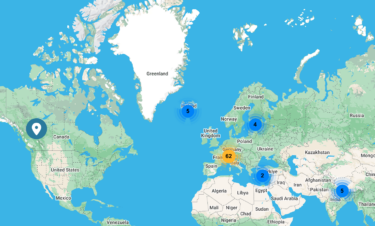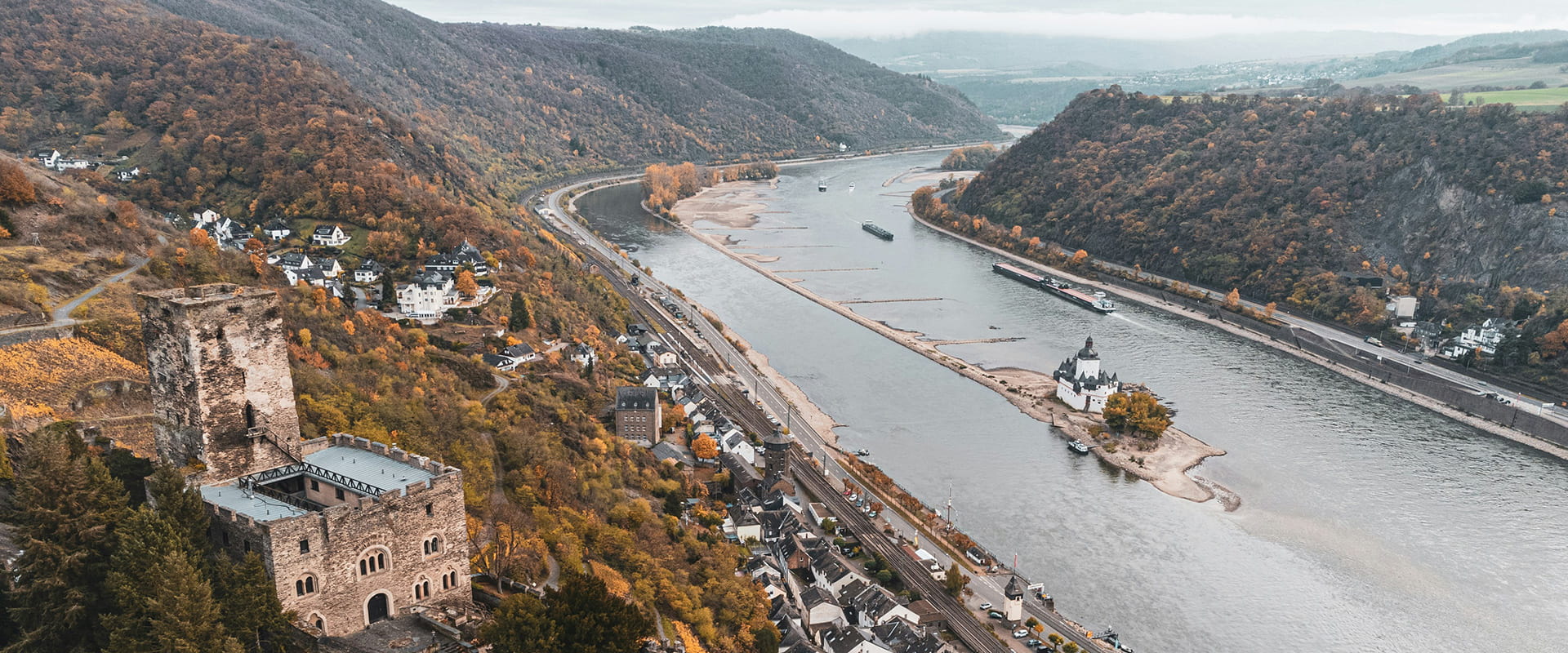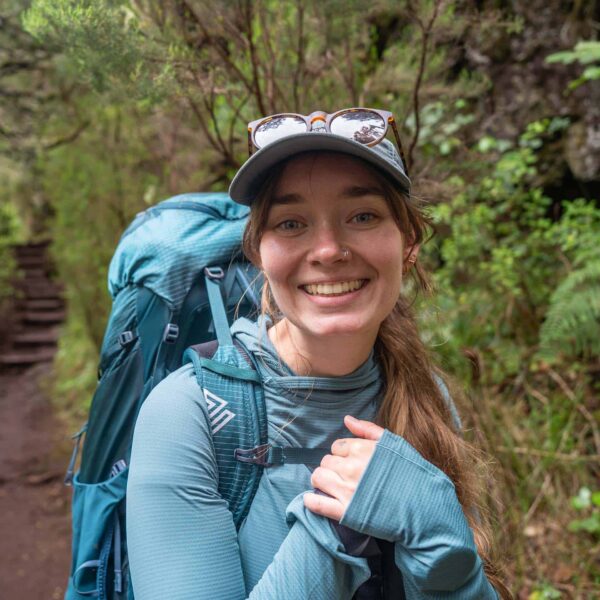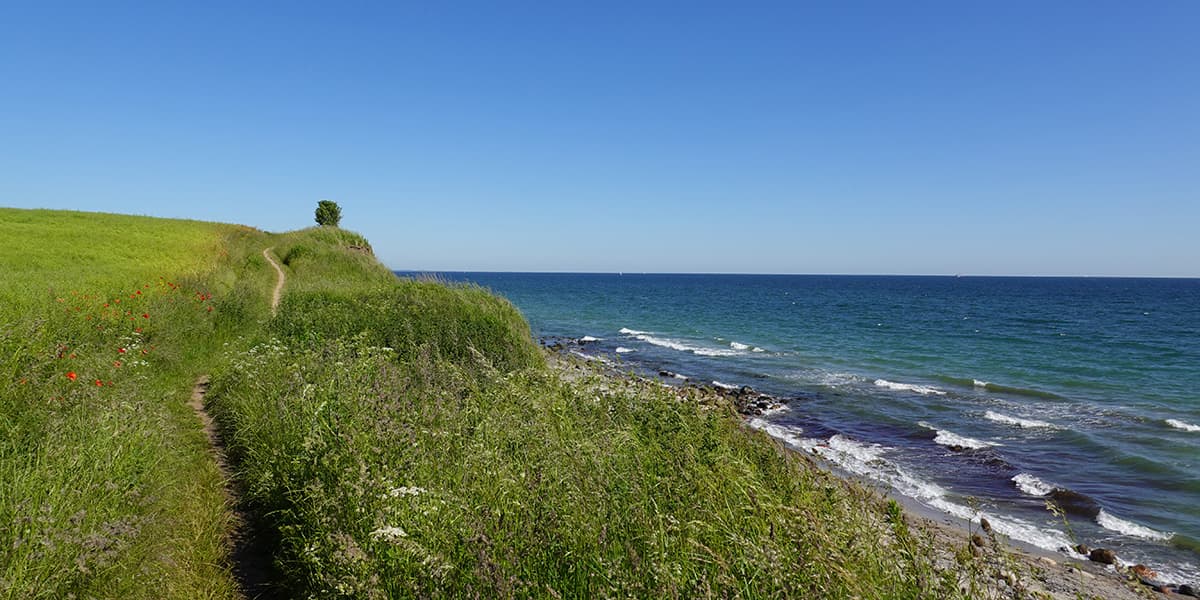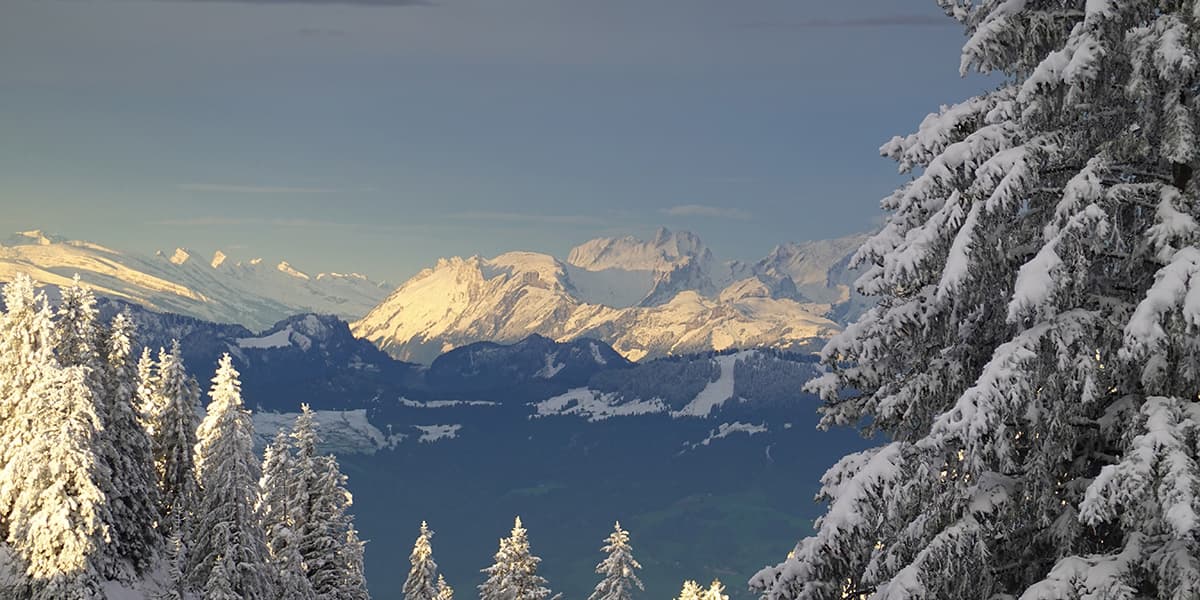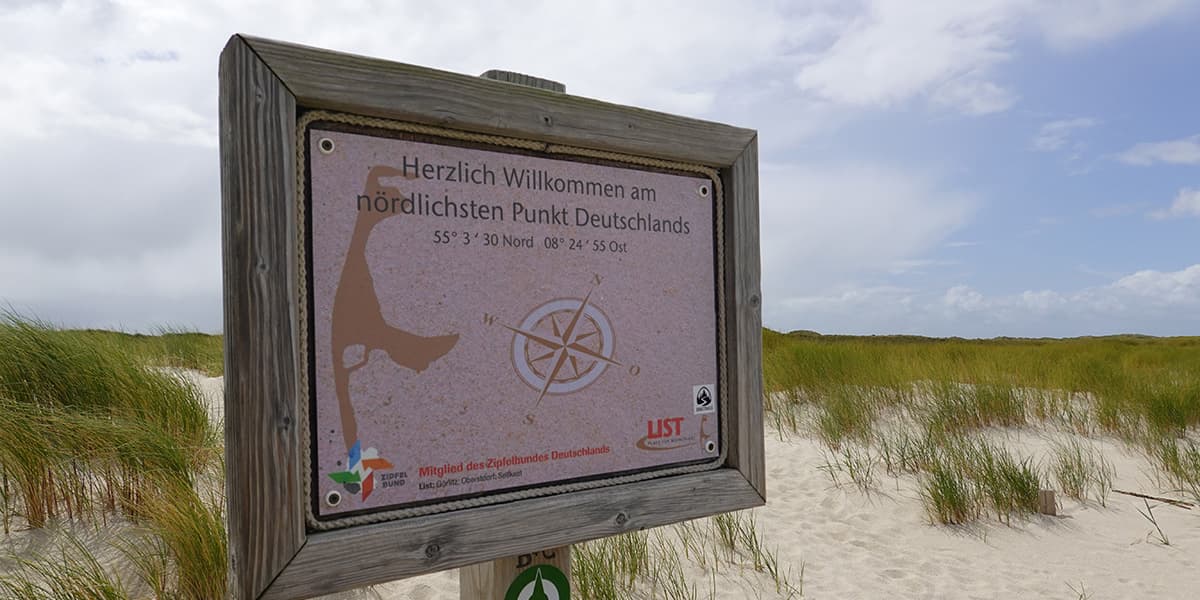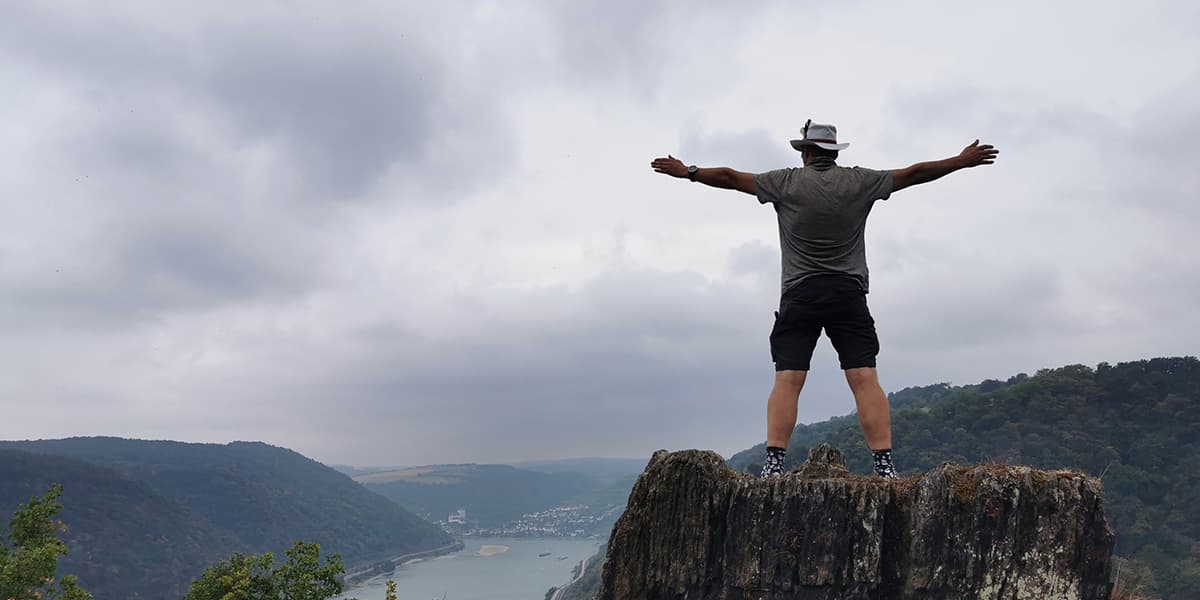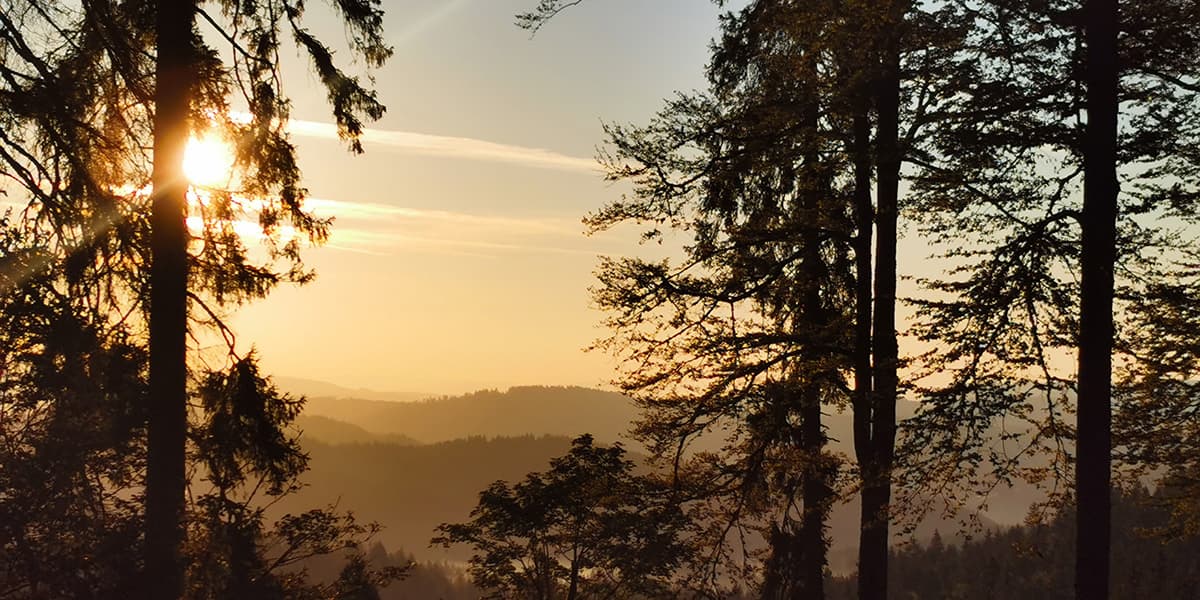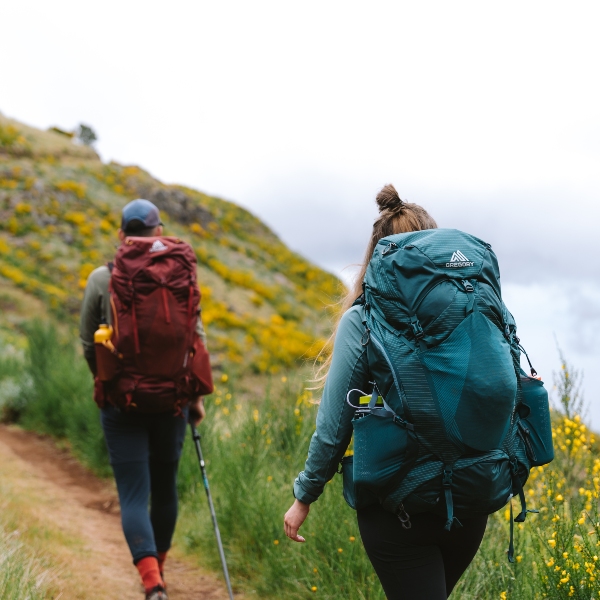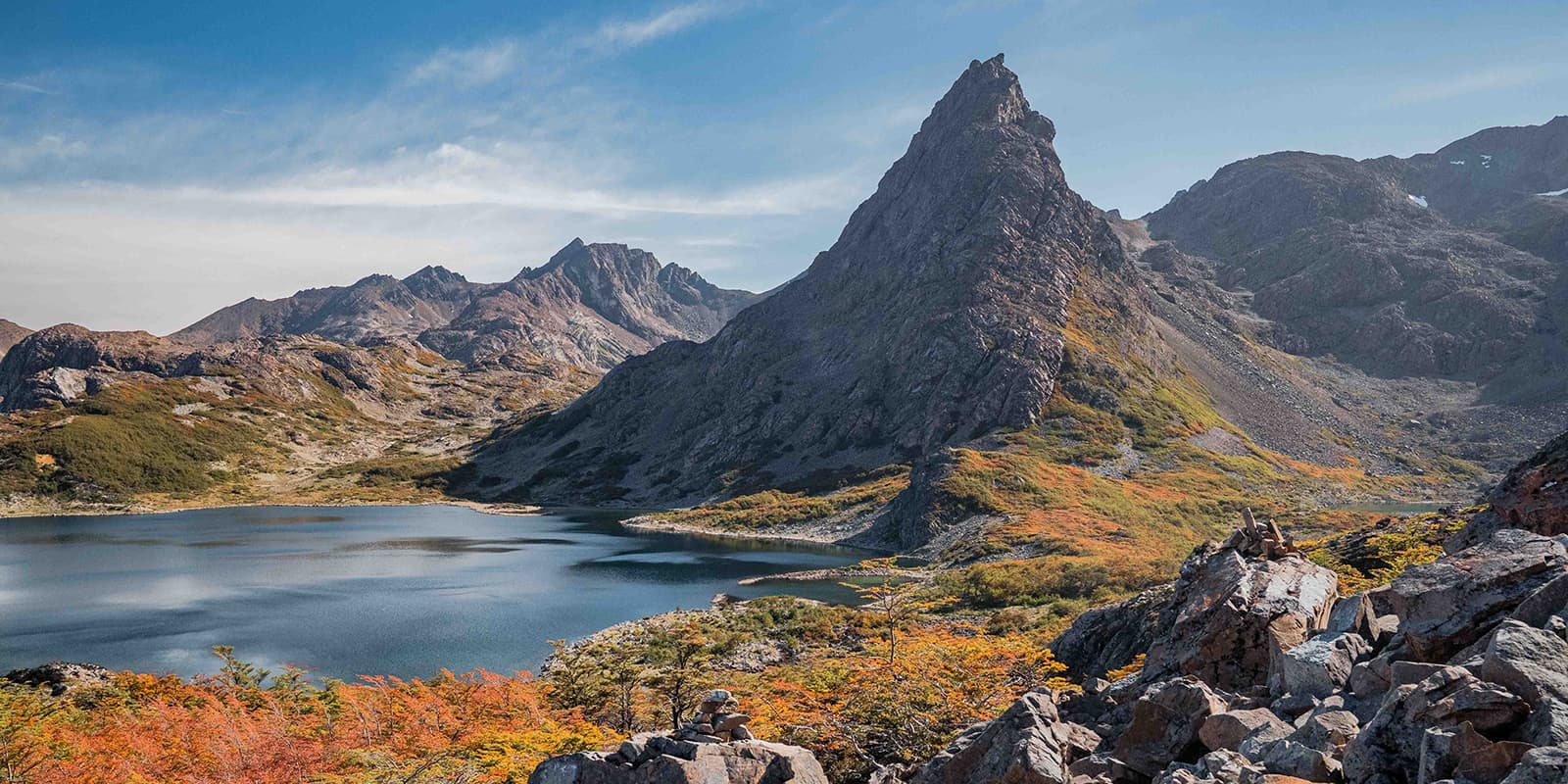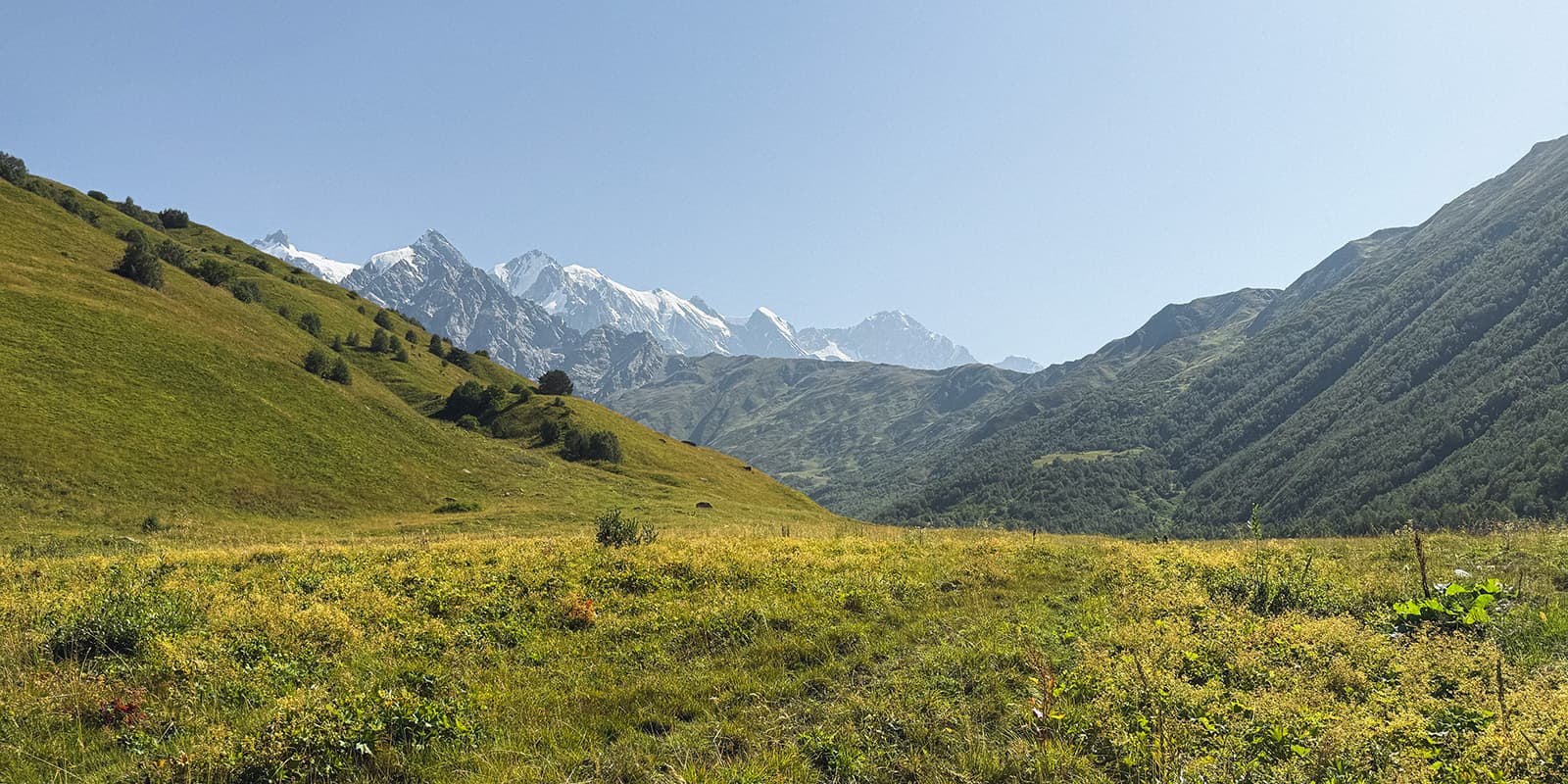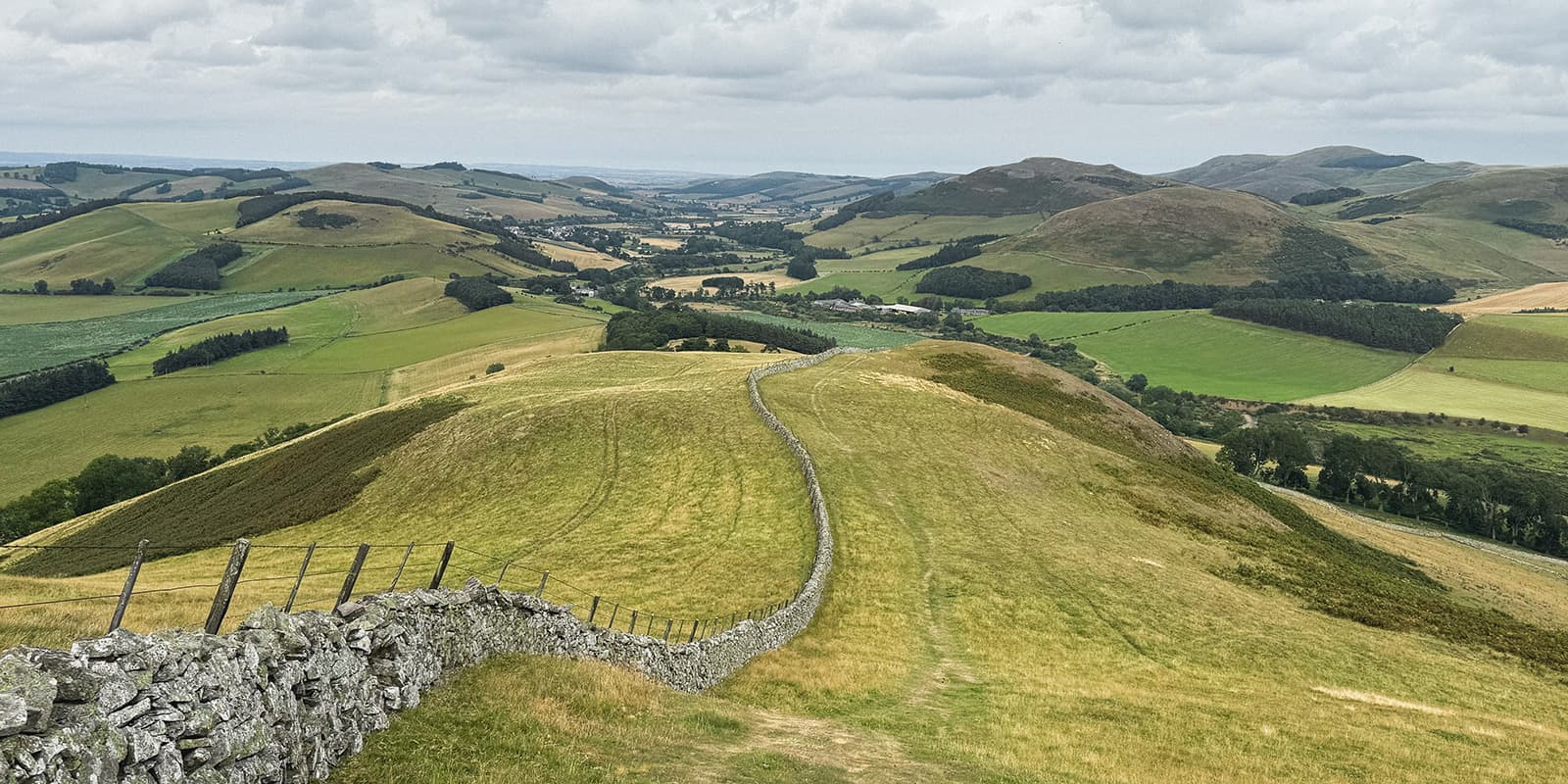Germany, because of its high population density, lacks true wilderness. If you’re seeking untouched, desolate landscapes, this country might not be your destination. However, Germany has some awesome nature, diverse hiking trails, and a rich history visible at every turn. You’ll encounter ancient castles, medieval towns, and paths walked for centuries. The North South Trail offers the best of both worlds—natural beauty and solid infrastructure.
The NST’s diverse landscapes, combined with Germany’s culture and history, make it a unique trail. Highlights include the North German coastline, the heather fields, rolling hills, the Rhine region, the Palatinate Forest, the Black Forest, Hegau, Lake Constance, and the Alps. It may not be the wildest trail, but it’s certainly one of the most varied.
The NST begins on Sylt, a small North Sea island near the Danish border. This first segment, covering Schleswig-Holstein, may come as a surprise with its many lakes and river landscapes. After 600 kilometers, you’ll cross Hamburg, Germany’s second-largest city.
The middle section traverses Lower Saxony, North Rhine-Westphalia, and parts of Hesse. Near Hamburg, you’ll hike through the beloved Lüneburger Heide. In Lower Saxony, you’ll cross Steinhuder Lake, the largest lake in North Rhine-Westphalia at 29.1 square kilometers. Continuing to Porta Westfalica, you enter Germany’s low mountain ranges. Completing this 1,161-kilometer stretch, you pass through the Weserbergland, Rothaar Mountains, and Siegtal. Not too shabby!


